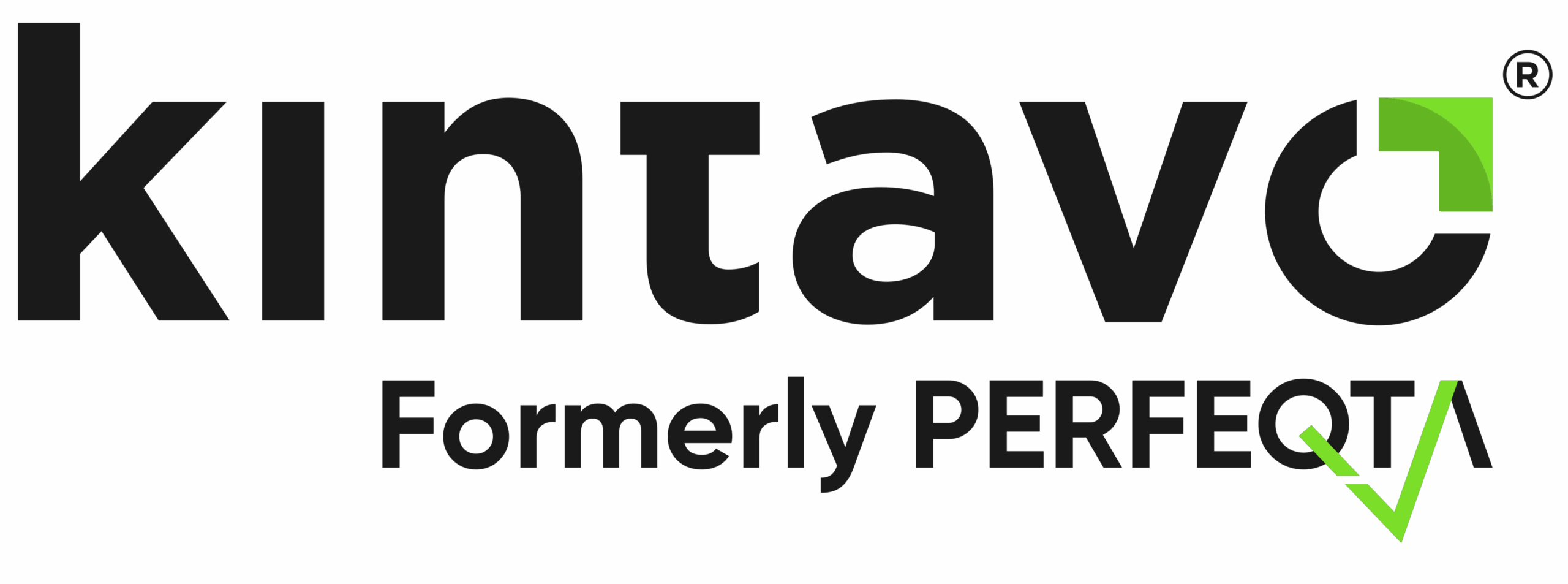The True Cost of Using Multiple Software: A Comprehensive Exploration

In today’s fast-paced digital landscape, businesses and individuals alike rely on a multitude of software applications to streamline their operations, enhance productivity, and stay competitive.
While the convenience of having specialized tools for every task is undeniable, the hidden costs associated with using multiple software solutions often go unnoticed.
In this detailed exploration, we will uncover the true cost of using multiple software applications, delving into the financial, operational, and strategic implications that businesses must consider.
The Software Proliferation Problem
As companies grow, software needs diversify across domains, causing a proliferation of disparate apps, tools, and platforms.
The average enterprise uses over 1,000 distinct cloud services and apps, up from just 8 in 2008. Employees switch between dozens of windows and apps in their workflows.
This fragmentation leads to deep inefficiencies: employees toggling contexts across different systems, scattered islands of data, disjointed processes requiring excessive coordination, and IT managing endless integrations.
Despite the promise of connectivity, software silos end up hampering productivity and agility.
Understanding the true cost of software chaos is the first step for CIOs and technology decision makers seeking to unify systems and unlock exponential performance.
Tangible Costs – Budget Multiplying Effects
First, adopting multiple software inherently multiplies many budget line items including:
– Software Licenses – Specialized tools mean paying for multiple vendor platforms and licenses.
– Integrations – Connecting disparate software requires expensive custom development and APIs that need continual maintenance.
– Implementation – Onboarding and rolling out multiple tools requires extended projects compared to single platforms.
– Training – Employees need training sessions and materials covering different systems and versions. Support costs amplify.
– Upgrades – More systems mean complicated syncing of upgrades across interlinked tools, and retraining users.
– IT Infrastructure – Additional software means expanded servers, hardware, networking to support the platforms.
While it’s tempting to choose tailored solutions, the compounding hard costs across multiple systems counterintuitively makes them less economical at enterprise scale.
Labor Costs – Learning Curves and Context Switching
But direct budget line items pale in comparison to the productivity drain:
– Learning Curves – Each new system loaded means employees must climb new learning curves to be proficient, postponing expertise.
– Lost Time Switching Contexts – Constant toggling between different interfaces and mental models hampers focus and momentum.
– Duplicating Work Across Systems – No linkage between systems means replicate data entry, redundant workflows.
– Coordinating Workarounds – Moving data between siloed systems requires inefficient manual workarounds and gluing.
– Troubleshooting Integrations – When interconnected systems break, employees must devote hours troubleshooting.
The compounded costs of lost productivity and output across an entire organization leaps enormously when employees must straddle a dozen different software tools in their daily work.
Organizational Friction Points
Beyond direct budgets and human productivity, software silos also introduce enterprise-wide organizational friction including:
– Data Silos – Disjointed systems with no native integrations lead to fragmented, inconsistent datasets across units.
– Process Gaps – Cross-departmental workflows are slowed down by gaps between marketing, sales, service, accounting software hand-offs.
– Reporting Disconnects – Piecing together holistic reports across metrics in finance, operations, sales, HR systems becomes arduous.
– Version Sprawl – Every system uses different versions, upgrade schedules, causing headaches for IT support and users.
– Vendor Finger Pointing – When interconnected tools have issues, vendors deflect responsibility causing delays.
– Opportunity Cost on Innovation – Integrating and learning disparate tools leaves little bandwidth to adopt more transformative technologies.
Ultimately these limitations hinder cross-functional transparency, agility, and innovation velocity – creating a hidden tax on the enterprise.
The Per-Employee Cost
Taken together, research indicates enterprises spend upwards of $3,000 per employee, per year managing software licenses, integrations, systems management, and mitigating the productivity friction points above.
For a 10,000 employee organization, that represents $30M annually just overcoming the inefficiencies of software silos. And this multiplier effect expands rapidly with organizational scale.
The Total Cost of Ownership
To fully capture the burden of fragmented systems, enterprises should use a “total cost of ownership” model across three cost buckets:
1. Direct software costs (multiplied licenses, integrations, upgrades, training, IT).
2. Labor productivity costs (learning curves, context switching, fix errors).
3. Organizational friction (data silos, process gaps, reporting disconnects, version sprawl).
For instance, while the sticker price of separate best-of-breed tools (Cost 1) may seem tolerable, factoring in Cost 2 and Cost 3 multiplies total expense by 3-10X.
This makes the case that integrated platforms, while requiring more upfront investment, create massive enterprise value over time by removing the synchronize and integrate tax.
The PERFEQTA Solution
PERFEQTA offers an integrated suite that combines document management, workflow automation, low-code application development, and analytics on one unified platform.
By consolidating business systems and data digitally with PERFEQTA, organizations can realize synergies such as:
- Unified Data – A single source of truth across the enterprise, eliminating fragmented data silos.
- Streamlined Processes – Model workflows across departments and systems with seamless connectivity, not workarounds.
- Holistic Visibility – Integrated analytics and a 360 view of operations, not reporting across disconnected systems.
- Smooth User Experience – A consistent interface and permissions model, reducing context switching.
- Enhanced Agility – Rapidly configure changes without major integrations across multiple vendors.
- Future-Proof Foundation – Unified platform ripe for easy extension with emerging technologies.
- Multiplied Innovation – Align technology with strategic goals, not just sustain fragmented systems.
With PERFEQTA’s all-in-one solution, enterprises can remove the multiplied costs of specialized software across licenses, systems management, integrations, productivity loss, and organizational friction.
By consolidating business systems onto a unified digital platform, PERFEQTA customers report cost savings and efficiency gains of over 50% while accelerating their innovation velocity.
The dream of seamlessly interconnecting business capabilities is now an actionable reality with PERFEQTA.

